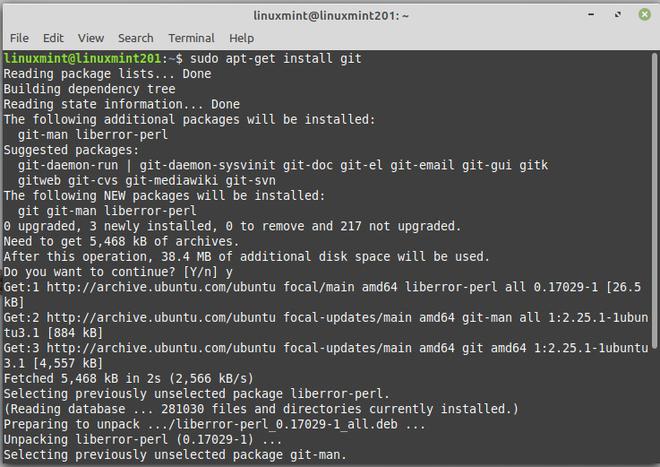

When you want to execute the Python file and perform memory profiling, you should use: python -m memory_profiler. There are a couple of options, 1: the more crude but obvious would be to do some text processing against: os.popen ('tasklist').read () 2: A more involved option would be to use pywin32 and research the win32 APIs to figure out what processes are running. Let’s first install the package by running the command below: pip install memory_profiler The process creation functions of the os module are apparently deprecated in Python 2.6 and later, with the subprocess module being the module of choice now, so. We will be using the memory_profiler package an open-source Python package that performs line-by-line memory profiling for your Python code. Hence, we should profile the memory consumption by using Python code to ensure that we are not creating unnecessary blocks of memory. However, this can cause our application to crash due to the memory limit.

When developing such an application, we usually don’t really care if the variables (i.e.,the memory occupied by them) are released to the operating system and unknowingly assigned new memory blocks. It triggers a signal every n seconds, so that a health check/monitoring API can view the last signal timestamp. When we are developing an application that is going to be used by many users, we need some memory to execute that application at scale. A python tool that utilizes redis to keep track of long-running processes. Why monitoring memory consumption is important 19008 RAVBg64.exe 0.000 0.22 MB 8368 GoogleCrashHandler64.exe 0.000 0.18 MB 3168 SystemSettings.exe 0.000 0.15 MB 10608 MySQLInstallerConsole.exe 0.000 0.


 0 kommentar(er)
0 kommentar(er)
